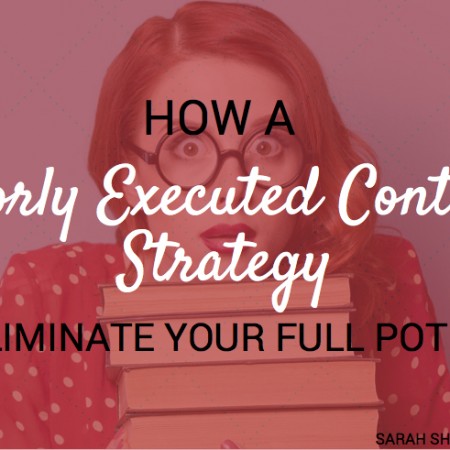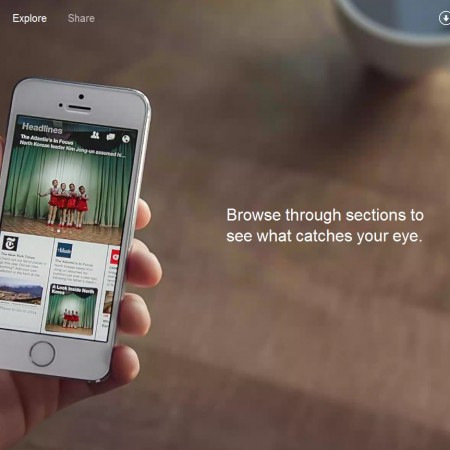Strategy Success for Content in 2016: Reach Out to Millennials
It’s that time of year… December 1, and it’s time to think about how to truly nail your content in 2016. I’m not touting a lose-weight-fast or get-rich-quick New Year resolution (those are usually broken by the next week). I’m talking about long term, dedicated strategy–and a vantage point that will get you winning content this upcoming New Year. Right now, there are about 80 million millennials living in the US. That translates to about ¼ of the total population and since this group wields a buying power of about $200 billion dollars, they’re currently the single most lucrative market in all of advertising. That said, you probably want to reach out to them with your content in 2016, right? They will be a bigger demographic than ever next year – they are the big, smart, and buying crowd YOU need to attract. Just how do you go about it? We have some tips to help. 10 Tips to Effectively Market to Millennials with Your Content in 2016 1) Get authentic Millennials spend about 25 hours each week online and they want authentic content. Buttoned-up ‘50s style marketing tactics don’t work on this crowd and they’re scouring blogs, social media, and websites for content they can truly connect with. In fact, 43% of millennials rank authenticity as more important than content when they consume news and, as a result, they’re on the search for content that mimics their feelings, opinions, and passions while also offering unique value and a distinct voice. Take Taco Bell, for example, which recently began a program to reach out to millennials with its “Millennial Word of the Week” program. This program makes the brand appealing, approachable, interesting, and relatable. Plus, since the whole program is curated by Taco Bell employees the same age as millennials, it’s authentic, which is what millennials have been looking for this whole time. 2) Focus on inbound Have you ever been curious how many millennials will gladly navigate away from your page due to an unwelcome or intrusive ad? The grand majority of them, that’s how many. In fact, according to Wired, millennials alone have killed off several outbound marketing tactics that are inauthentic, invasive, or not valuable. What’s more, 84% of millennials just plain don’t trust traditional advertising, which creates a sticky situation for advertisers. This is true because millennials know what they want, they’re tech-savvy enough to find it online, and they’re not willing to suffer websites that make them sit through unwanted or intrusive ads. When millennials spend time online, they’re doing research via social media, blogs, websites, and YouTube, which means that inbound marketing tactics are the best and the only way to reach them. By focusing harder than ever before on creating and distributing high-quality, relevant content that actually meets the needs of millennials and helps to answer their questions, you can ensure that your site doesn’t earn a swift “back” click. 3) Strive to be informative Possibly more so than any generation before them, millennials are hungry for information, and this means that they’ll support businesses that are dedicated to offering informative content. Millennials are drawn to eBooks, videos, tutorials, blog posts, how-to’s, and customer reviews more than they are product listings, and this means that if you can create content in 2016 that offers an expert’s perspective on an everyday challenge, millennials are going to bite. This is because millennials are 247% more likely than their older counterparts to be influenced in sales decisions by blogs and social media. With that in mind, consider offering tutorials and videos for your millennial customer base. Keep in mind that considering their tech-savvy nature and their propensity for sharing, they’re much more likely to share your video than they are to pull your flier off of a bulletin board and pass it around to their friends. 4) Focus on tailor-made Millennials are plentiful, powerful, wealthy, and what else – oh yeah! They’re smart too. This means that millennials have a stronger-than-usual B.S. detector and they’ll be onto you in an instant if you create content in 2016 that’s meant solely to get into their pocketbooks. Instead, focus on creating educational content that caters to their interests. One great way to do this is to focus on selling a lifestyle rather than a product. This means that you should be showcasing the ways in which your product, good, or service can help enhance their lives, produce unforgettable experiences, and equip them with great stories. Trust us, these things are far more valuable to millennials than product descriptions on some stagnant web page. 5) Get collaborative 42% of millennials want to help companies develop products and services and that’s why it pays to use them as a resource when creating products for consumption. Consider, as an example, Lays’ “Do us a Flavor” campaign in which they encourage consumers to come up with the next potato chip flavor to be marketed in stores. Campaigns like this make millennials the co-creators of a company and increase the likelihood that they’ll buy your product once it hits the market. It also engages their sense of self-expression and personal branding, helping to fuel the values of individuality and uniqueness in marketing, sales, and beyond. 6) Consider the difference between usage and ownership According to HubSpot, millennials prefer to use things rather than own them. Rather than owning housefuls of things they only seldom need, millennials would rather pay full price to rent items when they need them. Consider examples of this like Uber, Airbnb, Spotify, and Rent the Runway, a popular rental clothing site. To apply this to your content, consider creating forms of content like classes, webinars, and eBooks that millennials can rent rather than buy. 7) Offer a full-spectrum experience Unlike their Baby Boomer parents, millennials may actually enjoy the act of shopping more than actually purchasing items. This explains the popularity of sites like Pinterest and Etsy and provides a definite edge for any content creator that can master the … Read more









